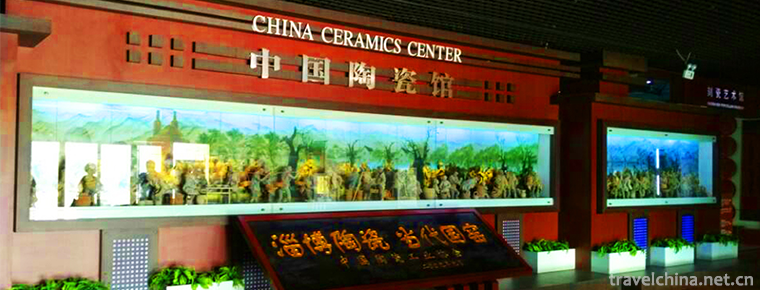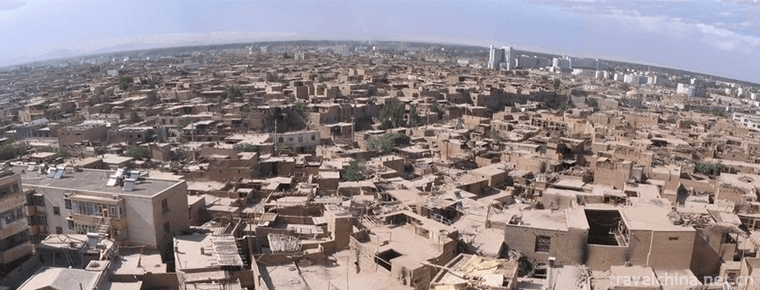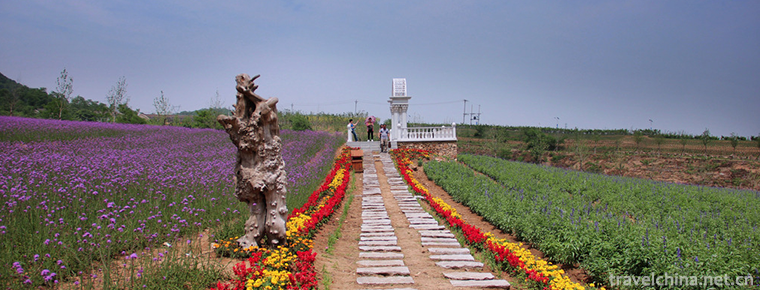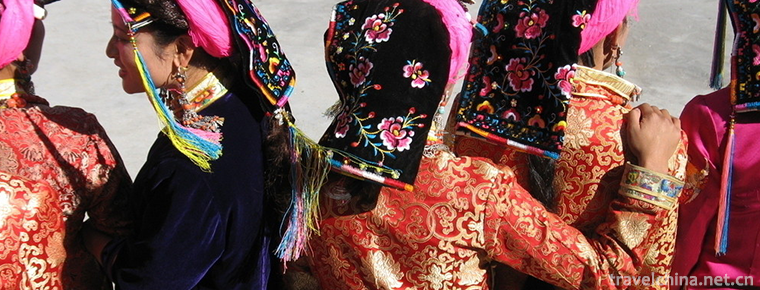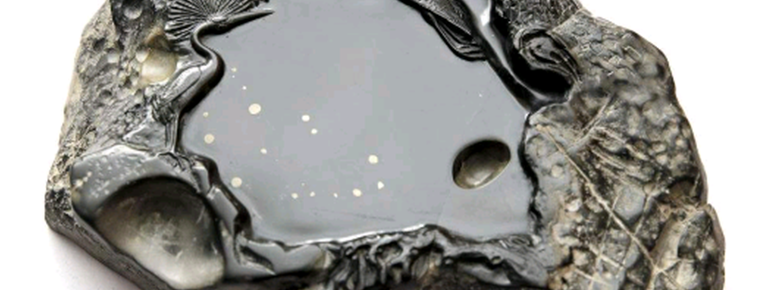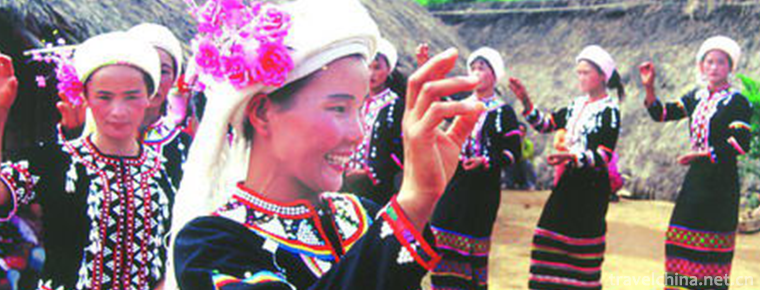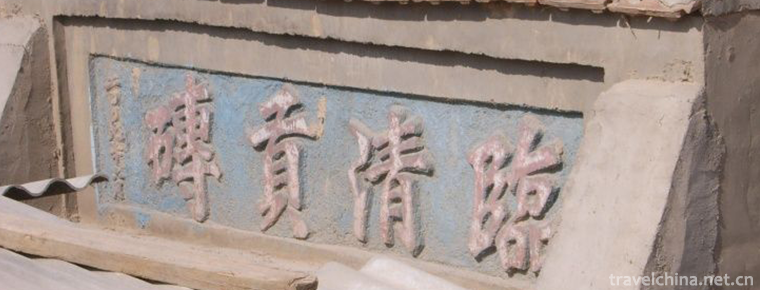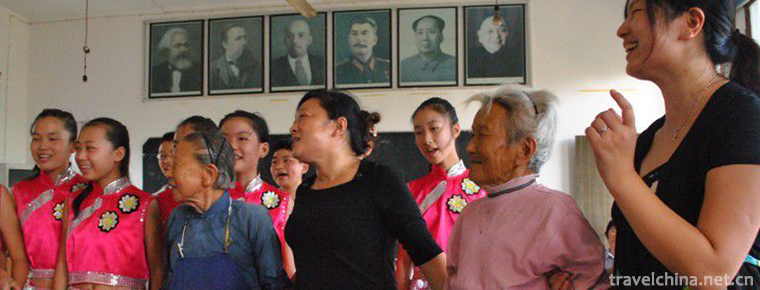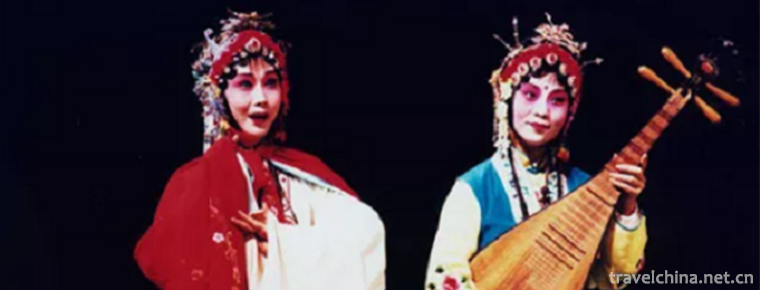Tiananmen Square
Tian'anmen Square, located in the center of Beijing, is located in the East Chang'an Street of Dongcheng District, Beijing, from Tian'anmen Street in the north to Zhengyang Gate in the south, from the National Museum of China in the east to the Great Hall of the People in the west, 880 meters long in the north and 880 meters long, 500 meters wide in the East and west, covering an area of 440,000 square meters. It can accommodate 1 million people to hold a grand The square.
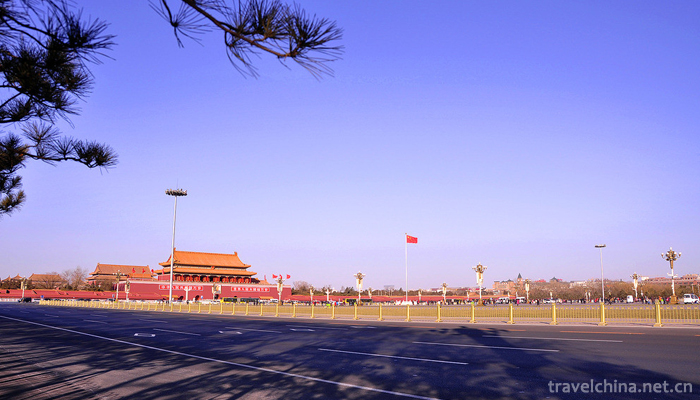
The ground of the square is all made of light-colored granite strips treated by special techniques. In the center stands the monument of the people's heroes and the solemn Memorial Hall of Chairman Mao. On both sides of Tian'anmen are the Labor People's Cultural Palace and Zhongshan Park, which are integrated with Tian'anmen and form Tian'anmen Square. In 1986, Tiananmen square was selected as one of the sixteen scenes of Beijing, with the name of "Tianan Li day".
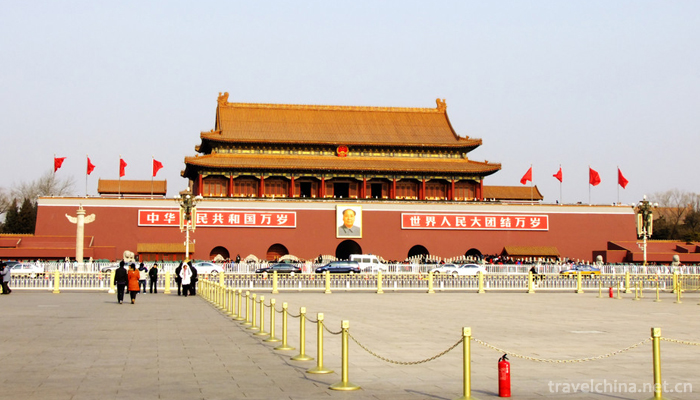
Tian'anmen Square records the Chinese people's indomitable revolutionary spirit and courageous heroism. The May 4th Movement, the January 29th Movement and the May 2nd Movement all left a strong color for the history of China's modern revolution. At the same time, Tian'anmen Square is the place where countless important political and historical events took place. It is also the place of China's decline and rise. Historical testimony.
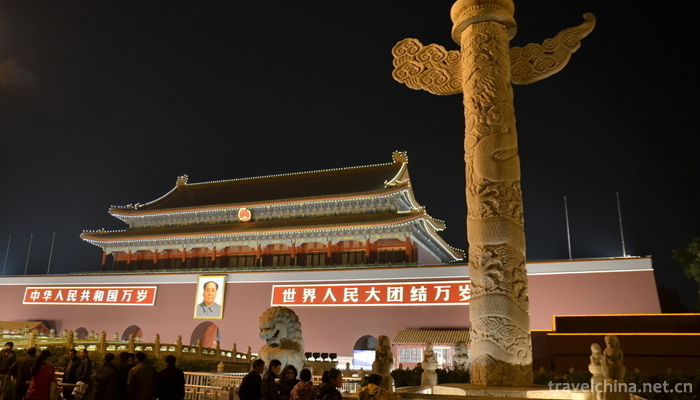
At 7:36 on January 1, 2018, the flag-raising ceremony at Tian'anmen Square was performed for the first time by the honorary guard of the People's Liberation Army and the military band.
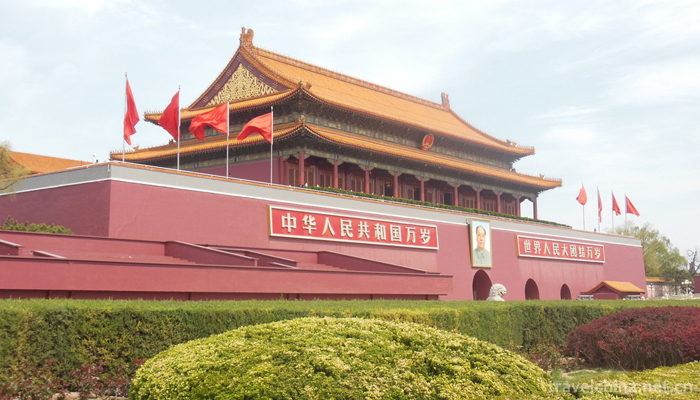
Tiananmen, formerly known as tiantianmen, was built in Yongle for fifteen years (1417).
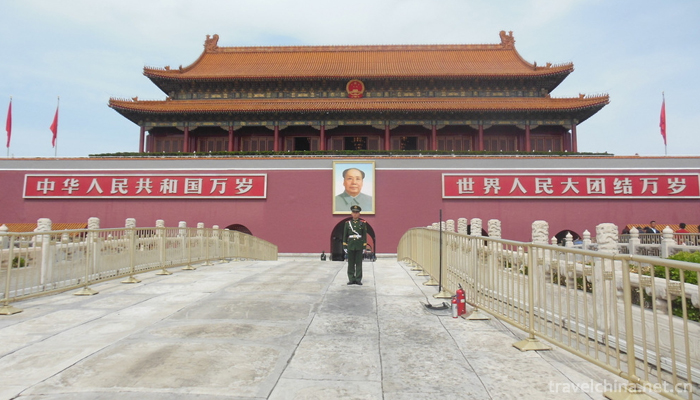
After eight years of renovation (1651), it was called Tiananmen. At this time, Tian'anmen Square is just a closed T-shaped Palace square, an important place for the Ming and Qing Dynasties to hold major celebrations and issue decrees to the whole country, also represents the dignity of the imperial power.
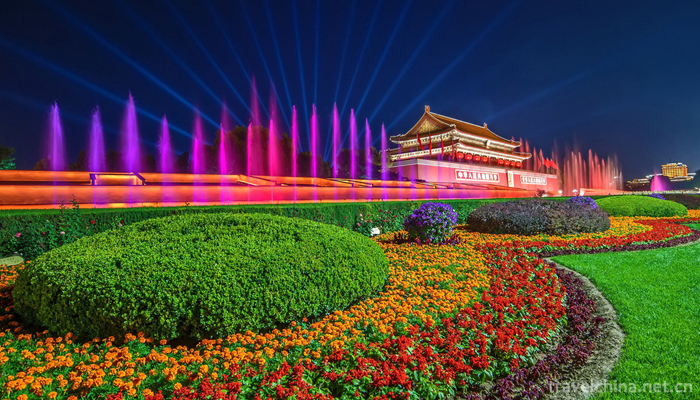
In the 26th year of Guangxu (1900), the Allied Forces of the Eight Kingdoms invaded Beijing, and Tiananmen Square was regarded as a place for the invaders to garrison their troops.
In the three year of 1914 (1914), in May, the Beiyang government launched the transformation of the old capital plan. Removal of the 1000-step corridor in front of Tian'anmen Gate, construction of asphalt roads, urn city, etc., the original closed Palace Square into an open space for free passage and stay, the dignity and mystery of the imperial power was dissolved. Because of Zhu Qijun's first renovation of Tiananmen Square, Tiananmen Square began to become a modern square.
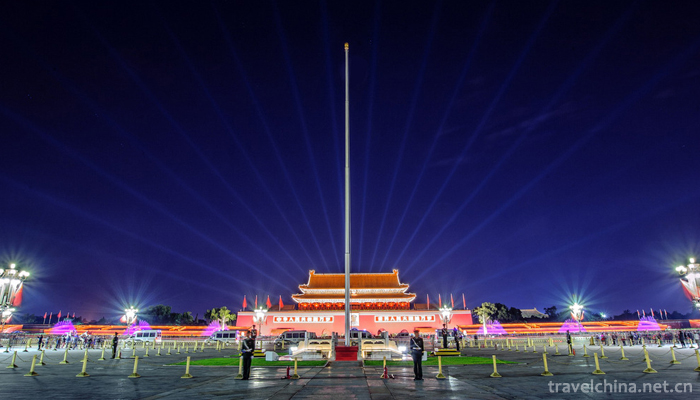
In seventeen years (1928), Jiang Jieshi won the northern expedition. In July, 70 thousand military and political organizations in Beiping held a celebration conference in front of Tiananmen. On August 24, a portrait of Sun Yat-sen was hung on the Tiananmen Tower, the first time a personal portrait was hung on the tower.
In the twenty-sixth year of the Republic of China (1937), under the rule of the Japanese puppet government in Beijing, Tiananmen Tower was pasted with the slogan "Building a New East Asian Order".
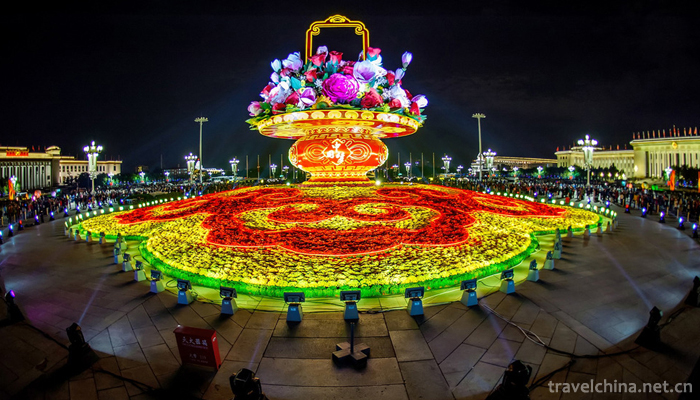
In October 1, 1949, the founding ceremony of People's Republic of China was held.
In 1950, because the distance between the flagpole of the square and Tiananmen Gate was not enough to pass the width of the parade in the future, Huawa and Shilion in front of Tiananmen Gate were moved 6 meters.
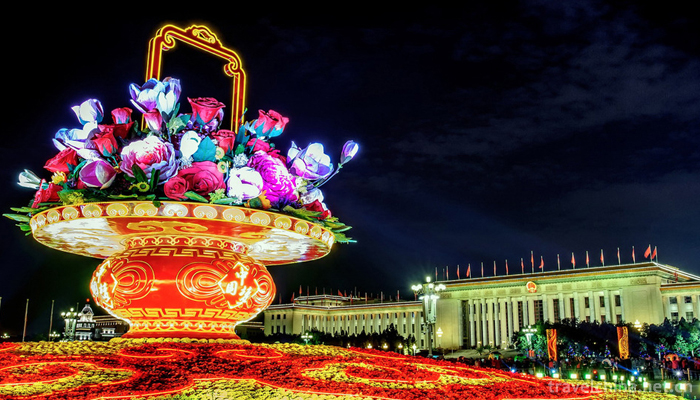
In 1954, the Chinese Gate, the Chang'an Left Gate, the Chang'an Right Gate, the Ministry of Hukou Punishment and other government offices, as well as the warehouse chessboard street and other buildings were demolished, and a monument to the people's heroes was built in the square.
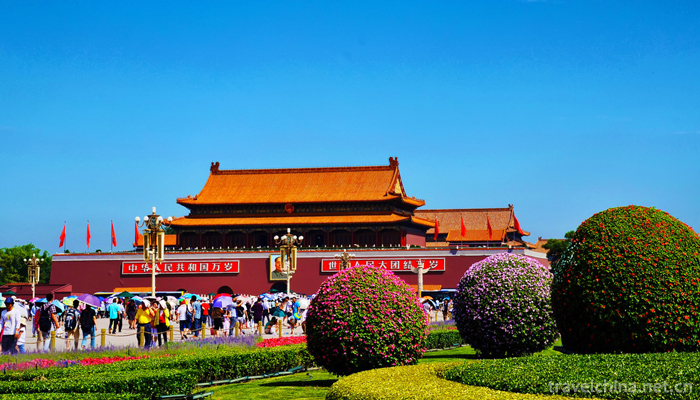
In 1958, to meet the 10th anniversary National Day, Tiananmen square began the largest expansion in history. Removal of the Red Wall at the Chinese Gate, Chessboard Street and Plaza, with a total area of 44 hectares, is nine times the size of the Russian Red Square. Architect Tao Zongzhen, who suggested that the width should be compressed to suit the continuity of the surrounding roads, was told: "It can't be moved. It was decided by Chairman Mao." At the same time, the monuments of the people's heroes erected on the square, the Great Hall of the People, the Chinese Revolution and the Military Museum on both sides of the square have laid the tone of the square as the political center.
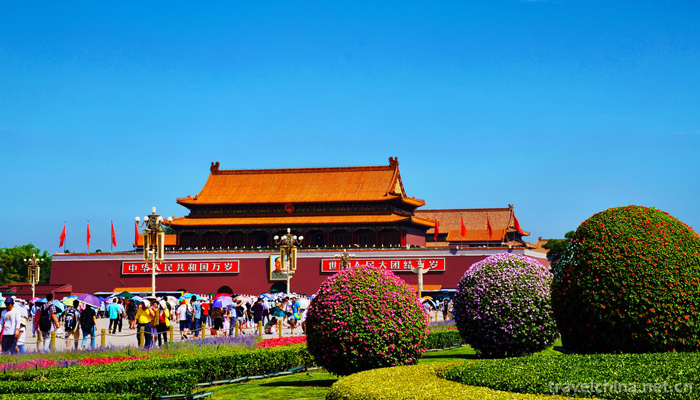
In September 9, 1976, Mao Zedong passed away. Tiananmen square has undergone the last large-scale reconstruction -- the construction of the Mao Zedong Memorial Hall.
On January 1, 1988, the first day of the international tourism year in Beijing, the Tiananmen tower was officially opened.
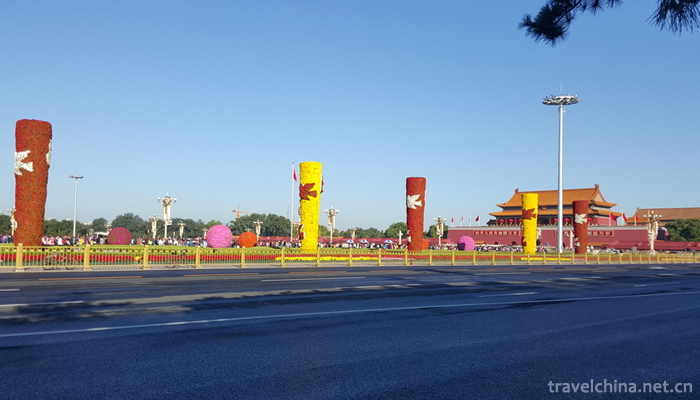
In October 1, 1999, the 50th anniversary National Day ceremony was held.
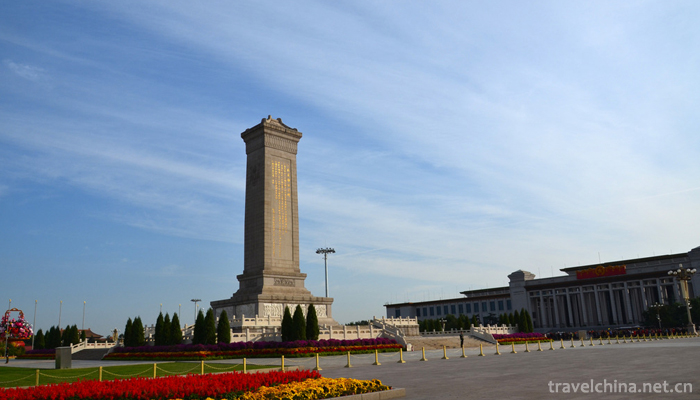
In 2009, to celebrate the 60th anniversary of the National Day, two huge curtains were placed in Tiananmen Square, where scenery films and public service advertisements were scrolled across the screen.
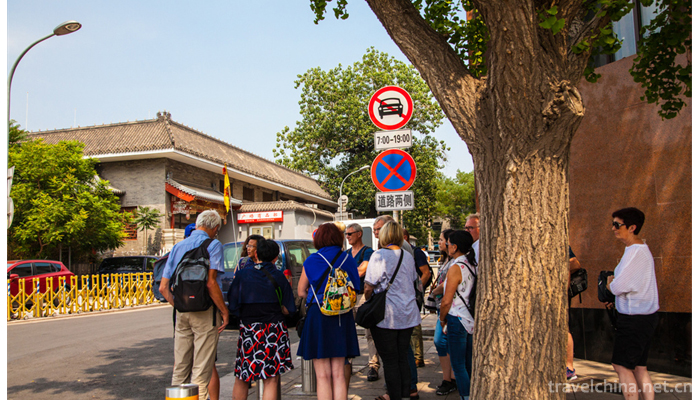
On September 3, 2015, the 70th Anniversary of the Victory of the Chinese People's War of Resistance Against Japan and the World Anti-Fascist War was held in Beijing.
At 7:36 on January 1, 2018, the flag-raising ceremony was held in Tiananmen Square for the first time by the honor guard of the People's Liberation Army and the military band.

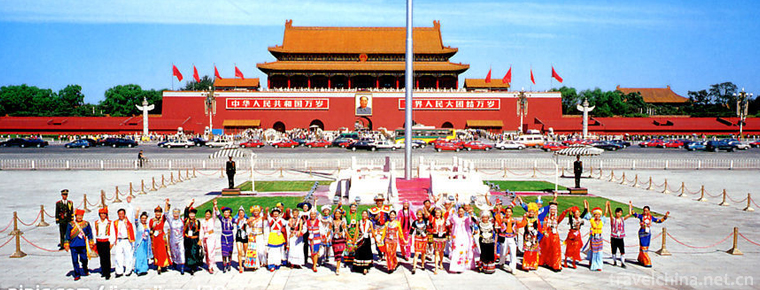
Tiananmen Square
-
Old Beijing fried Morchella
The most famous famous food in Beijing is old Beijing tripe and Beijing roast duck. As for the oldest and most prosperous snacks in Beijing, belly burst is definitely the best among them.
Views: 194 Time 2018-10-27 -
China Ceramic Museum
The China Ceramic Museum is located in the Cultural Square in the center of Zibo City. On the basis of Zibo Exhibition Hall in April 2001, it was transformed by large-scale investment
Views: 152 Time 2018-12-22 -
Old city of Kashi
The old urban area of Kashgar City in Xinjiang is like a living cartoon of Xinjiang Uygur folk customs. The old urban area of Kashgar is located in the centre of Kashgar
Views: 210 Time 2019-01-29 -
Ziyunhuashi Lavender Manor
Ziyunhuashi Lavender Manor is located in Jinzhou New District, Dalian City, covering more than 1000 mu, growing in patches of lavender, verbena, sage, roses and other precious vanilla. Dalian's key to
Views: 240 Time 2019-03-22 -
Tibetan costume
Tibetan costumes Tibetan men's clothes are divided into three categories: labor dress, superfluous dress and warrior dress. Women's clothes change greatly in festivals, major events in life and etique
Views: 223 Time 2019-04-05 -
Danzhou tune
Danzhou tune is a traditional folk song which only spreads in Danzhou of Hainan Province and has a unique regional style. It is sung in Danzhou dialect with a lively rhythm
Views: 150 Time 2019-04-25 -
Venus Inkstone Making Skills
Venus inkstone making technology, the local traditional handmade inkstone making technology in Xingzi County, Jiangxi Province, is one of the national intangible cultural heritage.
Views: 300 Time 2019-05-07 -
Lusheng Dance of Lahu Nationality
Hulusheng dance is a representative of the Lahu nationality. It mainly spreads in busy Nuo Township, Mengmeng Township, Dawen Township, Mengku Township and other Lahu villages in Shuangjiang
Views: 197 Time 2019-05-10 -
Burning Techniques of Linqing Gong Bricks
Linqing fired tribute brick is an ancient handicraft. Beginning in the early Ming Dynasty, Yongle's firing technology is the unique experience accumulated by the working people in Linqing of Shandong
Views: 117 Time 2019-05-13 -
Mashan folk songs
Mashan Folk Song is a traditional folk song form which is popular in the area of Mashan Town, Jingzhou District, Jingzhou City, Hubei Province. One of China's national intangible cultural heritage lis
Views: 349 Time 2019-05-15 -
Soviet Opera
Su Opera is a combination of Huagu Tanhuang, Nanci and Kunqu Opera. It is popular in the urban and rural areas of southern Jiangsu and Northern Zhejiang. Its predecessor, Sutan, was originally called
Views: 91 Time 2019-06-16 -
Kangding yak meat
There are many wild medicines such as Fritillaria, Cordyceps and so on growing in these areas over 3500 meters. Yaks often eat these herbs, and their meat is incomparably delicious. After being killed, they can be roasted in brown sauce, stewed or dried in the cold
Views: 215 Time 2020-12-06

